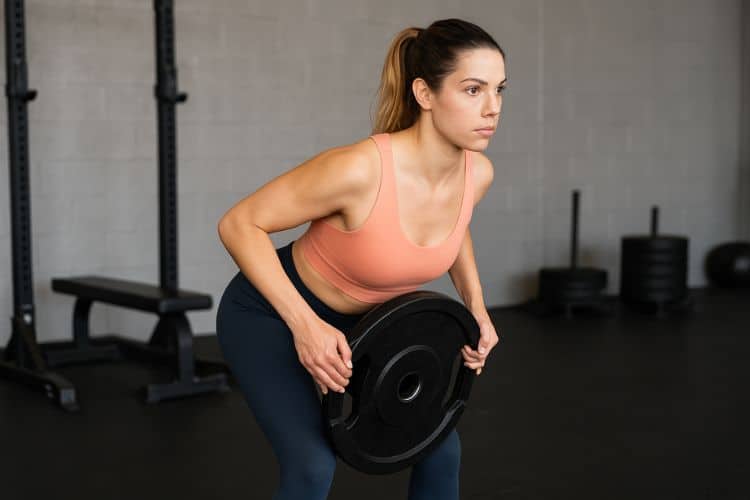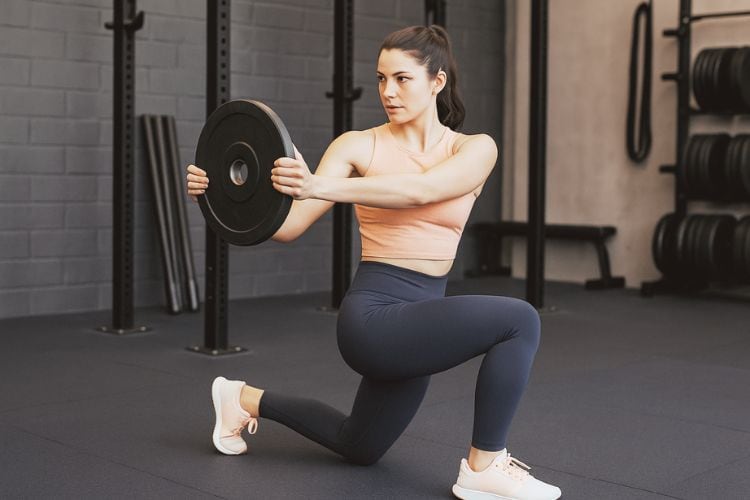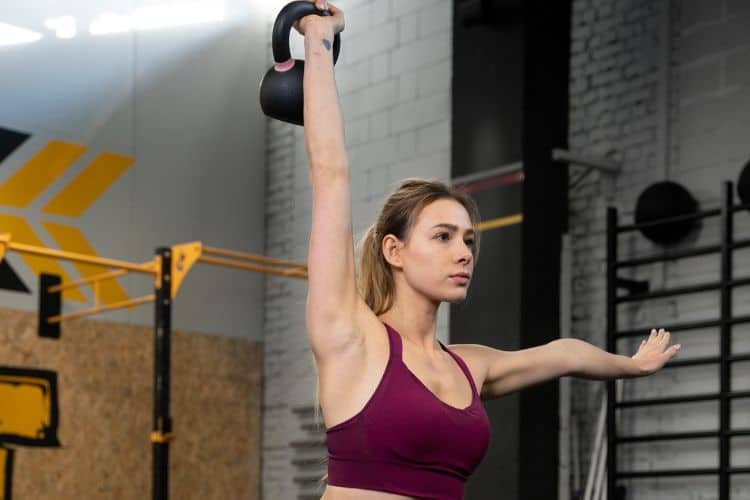Sign up for workout ideas, training advice, reviews of the latest gear and more.






Strength training has come a long way from being viewed as a “men-only” fitness strategy. Today, full body weight workouts for women are among the most effective methods for building lean muscle, enhancing metabolism, and achieving long-term fitness goals. Whether you’re working out at home, in the gym, or on the go, incorporating weight training into your routine can dramatically reshape your body and improve your overall health.
In this blog post, we’ll explore the benefits of full body weight workouts for women, provide a detailed workout routine you can follow, and offer tips to ensure safe, sustainable progress.
One of the most significant advantages of strength training is increased metabolic rate. Muscle burns more calories at rest than fat. By building lean muscle, women can increase their resting energy expenditure, meaning you continue to burn calories long after your workout ends.
Contrary to common misconceptions, lifting weights will not make women bulky. Instead, it helps create a lean, toned, and defined look. Full body workouts target every major muscle group, helping to develop balanced muscle tone across the body.
Women are more prone to osteoporosis as they age. Weight-bearing exercises stimulate bone growth and help maintain bone density, reducing the risk of fractures and bone loss later in life.
Full body workouts train muscles to work together, improving balance, coordination, and stability. This functional strength is essential for daily tasks—from lifting grocery bags to picking up your children.
Strength training can support hormonal health by reducing stress levels, enhancing sleep, and stabilizing mood. It also helps regulate insulin sensitivity, which plays a critical role in fat storage and energy production.
Women new to strength training should start with lighter weights to master form. As strength improves, gradually increase the load to continue challenging your muscles. A good rule of thumb: choose a weight that allows 10–12 reps with good form, but the last two reps should feel challenging.
Aim to perform full body workouts 2–4 times per week, allowing at least one day of rest between sessions to promote recovery. Each session can range from 30 to 60 minutes, depending on your fitness level and time constraints.
While many full body weight workouts can be done with just dumbbells or resistance bands, the following equipment can help vary your training:
Here is a well-rounded, efficient full body strength workout designed for all fitness levels. Perform 3 sets of each exercise with 10–12 reps. Rest for 30–60 seconds between sets.
Hold a dumbbell close to your chest, feet shoulder-width apart. Lower into a squat, keeping your chest upright and knees tracking over toes. Press through your heels to stand back up. This targets the quads, hamstrings, and glutes.
Hold dumbbells in front of your thighs. Hinge at the hips, lowering the dumbbells toward the ground while keeping a flat back. Engage your hamstrings and glutes as you return to standing. This builds posterior chain strength.
Start in a plank position, lower your body until your chest nearly touches the ground, then press back up. Modify by dropping to your knees if needed. Push-ups develop upper body and core strength.
Place one knee and hand on a bench, holding a dumbbell with the opposite hand. Pull the dumbbell toward your torso, squeezing your back at the top. Repeat on both sides to strengthen lats and biceps.
With dumbbells at shoulder level, press them overhead until your arms are fully extended. Lower slowly and repeat. This movement shapes and strengthens the deltoids and triceps.
Step forward into a lunge, then push off your front foot and step into a lunge with the other leg. Use bodyweight or dumbbells. Lunges improve balance, stability, and lower body tone.
Start in a high plank with a dumbbell behind one hand. Reach under with the opposite hand to pull the dumbbell across your body. This targets the deep core muscles and improves coordination.
If you’re new to weight training, start with bodyweight exercises such as squats, lunges, and push-ups. Incorporate light dumbbells or resistance bands as your strength improves. Keep rest intervals slightly longer and focus on mastering proper form.
Increase intensity by adding heavier weights and reducing rest time. Include supersets or circuit formats for a cardio-strength combo. Add movements like kettlebell swings, sumo squats, or incline push-ups to challenge your muscles further.
Try compound and explosive exercises, such as barbell squats, dumbbell snatches, or push presses. Consider progressive overload by tracking sets, reps, and weights over time. Introduce advanced formats like EMOM (Every Minute on the Minute) or AMRAP (As Many Rounds as Possible) workouts.
Here’s a sample weekly plan for women incorporating full body workouts and rest:
| Day | Workout Focus |
|---|---|
| Monday | Full Body Strength Workout |
| Tuesday | Active Recovery (Yoga or Walk) |
| Wednesday | Full Body Dumbbell Circuit |
| Thursday | Rest or Core-Focused Workout |
| Friday | Full Body Kettlebell Workout |
| Saturday | Light Cardio or Stretching |
| Sunday | Rest |
Aim for 0.7–1 gram of protein per pound of body weight to support muscle repair and growth. Include lean meats, tofu, Greek yogurt, eggs, and plant-based protein sources in your meals.
Each meal should include healthy fats, complex carbohydrates, and protein to fuel workouts and aid recovery. Examples include quinoa with veggies and salmon, or a protein smoothie with oats and almond butter.
Water supports digestion, muscle function, and energy levels. Aim for at least 8–10 glasses per day, more if you’re active or live in a hot climate.
Use a workout journal or app to record sets, reps, and weights. Tracking helps monitor strength improvements and ensures you’re applying progressive overload.
Muscles grow during rest—not during training. Ensure you get 7–9 hours of sleep per night, and include active recovery days to keep your body moving without overtraining.
Start each session with 5–10 minutes of light cardio and dynamic stretches. Finish with static stretching to enhance flexibility and reduce soreness.
Consistency is the most crucial factor in fitness. Stick with your routine, even when motivation dips. Celebrate small milestones and trust the process.
This is one of the most persistent myths. Women don’t have enough testosterone to bulk up like men. Weight training will sculpt, not bulk.
Cardio burns calories during exercise, but strength training boosts metabolism long after the session ends, making it more effective for long-term fat loss.
On the contrary, women over 40 benefit greatly from resistance training. It helps counteract age-related muscle loss, improve balance, and enhance quality of life.
Full body weight workouts for women are more than a trend—they’re a lifestyle shift toward strength, empowerment, and long-term health. Whether you’re a beginner or advanced lifter, the key is to stay consistent, challenge your body safely, and enjoy the process.
Strength training is not just about how you look, but how you feel—more confident, more capable, and more powerful. So pick up those weights and start building the strongest version of yourself today.
Want more workout and video guide?
Follow us on Pinterest, Facebook, and Subscribe to our Newsletter and Stay tuned for FREE downloads of our App coming soon!
Stay up to date on the latest women’s health, fitness and lifestyle trends and tips.